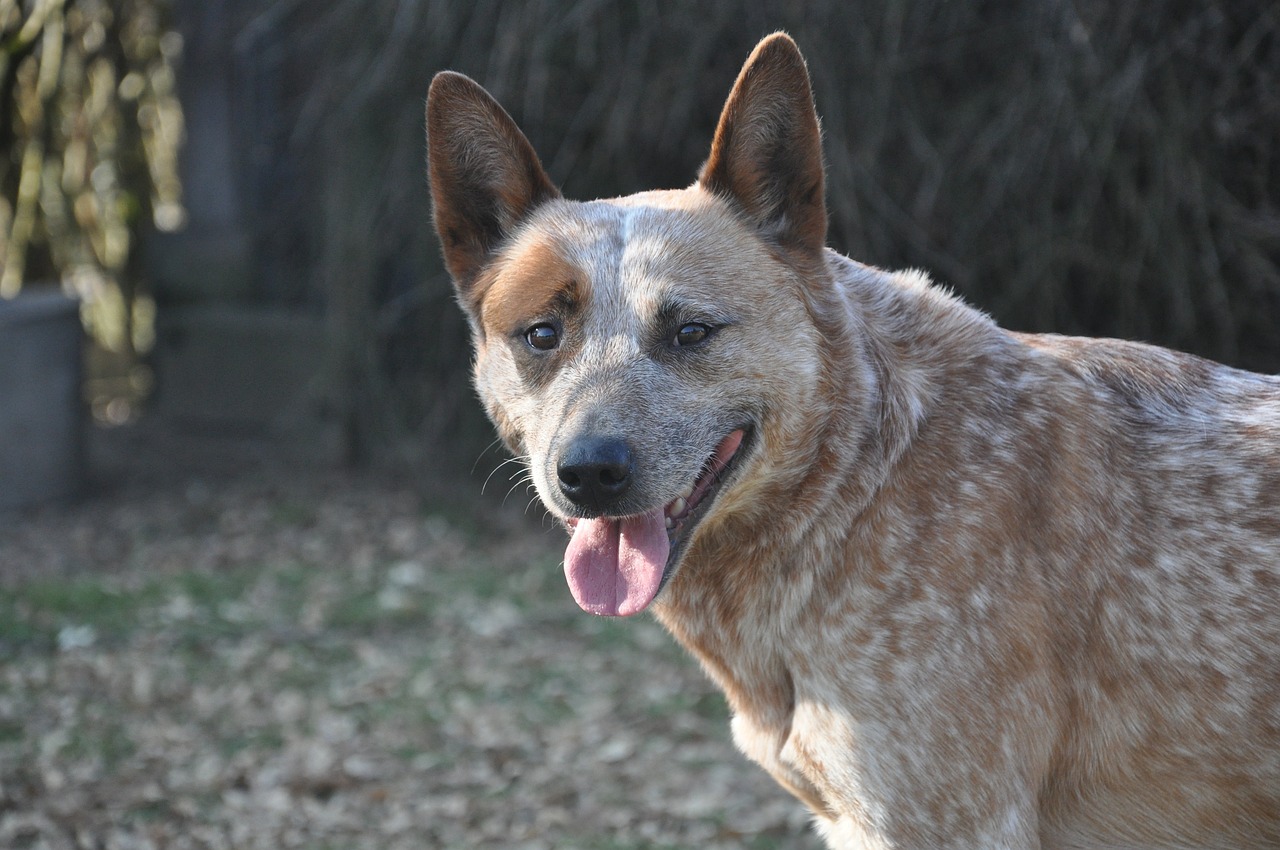Renowned for their intelligence, agility, and robust work ethics, Australian Cattle Dogs are a beloved breed worldwide. But like all breeds, they’re prone to specific health conditions. If you own or are considering adopting one, it’s crucial to be familiar with these issues. Awareness will aid in early detection, which, coupled with timely veterinary attention, can help ensure your pet’s longevity and quality of life.

1. Hip Dysplasia
A common skeletal condition, hip dysplasia, affects many dog breeds, including Australian Cattle Dogs. This hereditary condition involves an abnormal formation of the hip joint that leads to discomfort, pain, and in severe cases, arthritis or lameness.
Signs to look for include difficulty in rising, reluctance to jump, run or climb stairs, decrease in activity levels, and an abnormal gait. If your dog displays these signs, consult with your vet immediately. While there’s no cure, treatments like weight management, anti-inflammatory medications, physical therapy, and in severe cases, surgery, can manage the condition and improve your pet’s quality of life.
2. Progressive Retinal Atrophy (PRA)
PRA is a group of genetic diseases that cause the progressive degeneration of the retina, leading to impaired vision and potentially blindness. Often, owners first notice signs in low-light conditions, with dogs becoming hesitant or clumsy in dimly lit areas.
With time, the dog’s pupils may appear larger and reflect light more, a phenomenon is known as “increased tapetal reflectivity.” If you observe these signs, arrange for a vet consultation. There’s no cure for PRA, but antioxidants and specialized diets can slow disease progression.
3. Deafness
Deafness, whether partial or complete, is another health concern that can affect Australian Cattle Dogs. This breed is susceptible to hereditary deafness, usually noticeable within the first few weeks of a puppy’s life.
Signs include a lack of response to noises, difficulty waking up, excessive barking, and unusual skittishness. It’s important to consult a vet if these signs are apparent. While there’s no cure for genetic deafness, dogs can live full lives with the right training and accommodations.
4. Elbow Dysplasia
Elbow dysplasia is a condition involving multiple developmental abnormalities in the elbow joint, leading to osteoarthritis. This condition is common in large breeds and has been identified in Australian Cattle Dogs as well.
Typical signs include lameness or an abnormal gait, stiffness, decreased activity, and swelling or pain in the elbow region. If your dog exhibits any of these symptoms, consult with a vet for diagnosis and treatment options, which could include anti-inflammatory medications, weight management, physiotherapy, or surgery.
5. Primary Lens Luxation (PLL)
PLL is an inherited condition where the ligament holding the lens in place deteriorates, causing the lens to dislocate. If untreated, it can lead to glaucoma and blindness.
Early signs of PLL include redness, excessive tearing, sensitivity to light, and a visible change in the eye’s appearance, such as a cloudy or glassy look. Urgent veterinary care is necessary for these symptoms’ appearance as the condition can rapidly progress, causing intense pain and blindness.
In conclusion, while Australian Cattle Dogs are prone to specific health issues, being aware of the signs, combined with regular vet check-ups and prompt action, can mitigate the effects of these conditions. A well-cared-for Australian Cattle Dog can lead a long, healthy, and happy life, bringing joy and companionship to its family.
 Toledo, United States.
Toledo, United States.